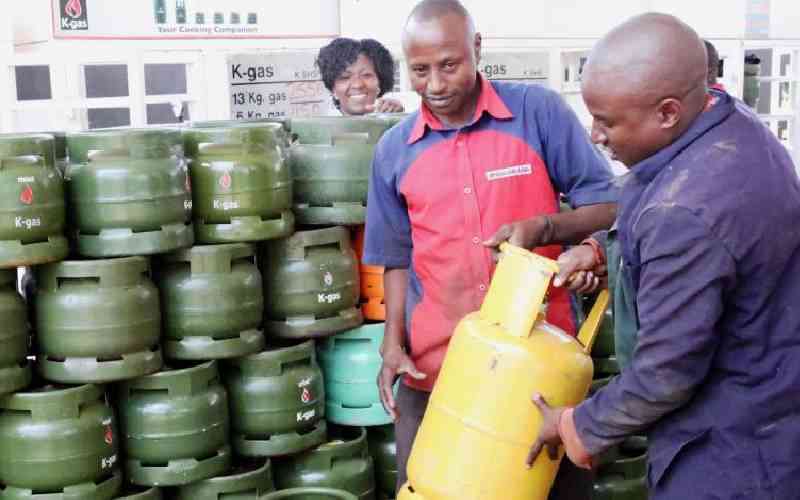Clean coffeee store at Sasini coffee milling factory in kiambu on 19 May 2022. [David Gichuru,Standard]

Clean coffeee store at Sasini coffee milling factory in kiambu on 19 May 2022. [David Gichuru,Standard]
Listed agribusiness Sasini Plc targets to be compliant with the FLAG (forest, land, and agriculture) guidelines of reporting emissions by 2026.
Details of the firm’s readiness to make these disclosures are contained in its just-released 2024 sustainability report.
Sasini, known for tea, coffee, macadamia and avocado exports, notes in the report that while data on FLAG emissions has been collected, it falls outside the current reporting period, and will, therefore, be disclosed in the subsequent sustainability report.
FLAG is a global standard of emission disclosures prepared by the Science Based Targets initiative (SBTi).
SBTi is a global collaborative initiative that ropes in bodies such as the United Nations to implement parts of the Paris Agreement, an international climate pact signed in 2016, of which Kenya is a signatory.
The guidelines were first released in September 2022 and later updated in December 2023.
They target businesses whose core activity is in the land sector. The plan is to make these firms, such as Sasini, cognisant of emissions associated with land use and agricultural practices. Measuring these emissions ensures that businesses can put in place measures to make their practices more friendly to the environment. SBTi notes that businesses with land-based emissions are encouraged to take science-based climate action now by setting FLAG targets to cut emissions and enhance carbon sinks.
“The FLAG sector’s dependence on natural systems also means it has an immense opportunity to both reduce emissions now and mitigate future climate risks,” says SBTi on its February 2025 brief on the guidelines.
It notes in the document that agriculture is the third-highest emitting sector after energy and industry.
“However, the land sector can deliver more than a third (~37 per cent) of the global mitigation required by 2030 through the deployment of emissions reduction measures and removals,” it adds. Sasini notes in the sustainability report that it is tracking emissions arising from land use change, fertiliser application, livestock, and broader land management practices in accordance with the greenhouse gases (GHG) Protocol’s Land Sector and Removals Guidance.
This is being done by assessing direct and indirect emissions. Direct emissions include activities such as fertiliser use or soil disturbance, and fuel use in land-based operations.
Indirect emissions would include emissions from electricity use in irrigation or during post-harvest and supply chain activities related to smallholder farmers.
